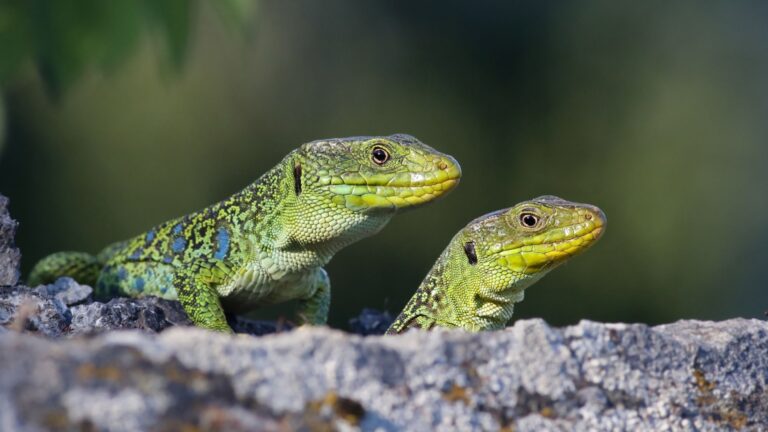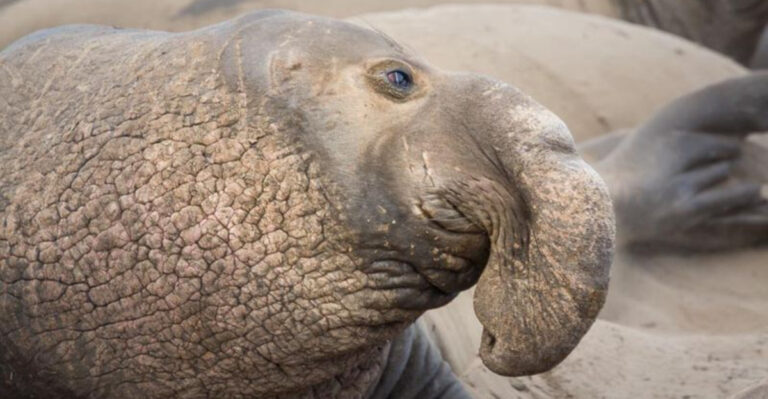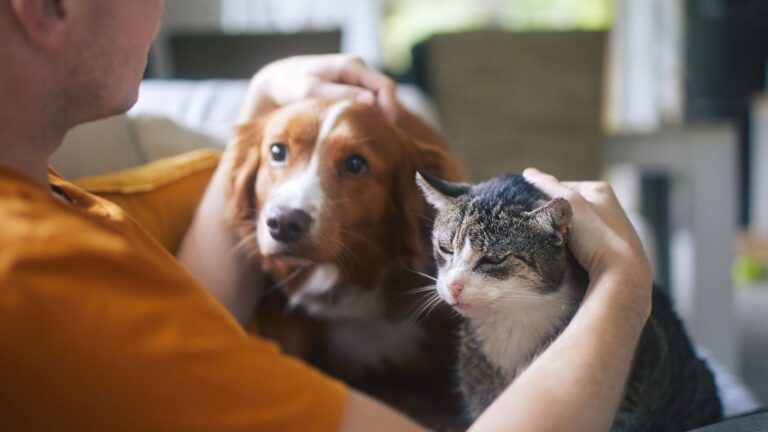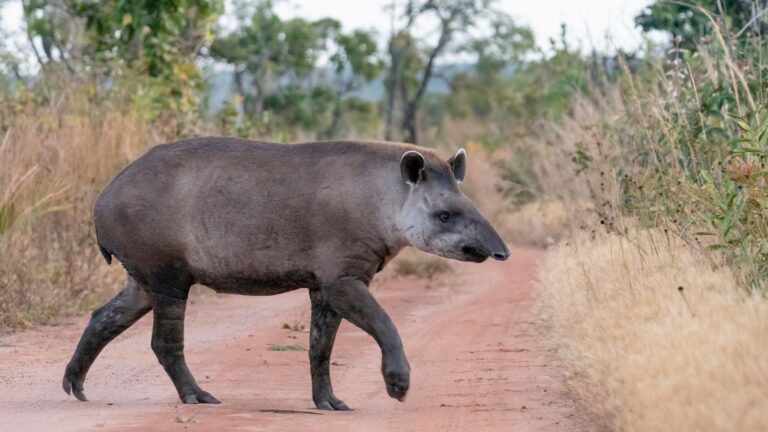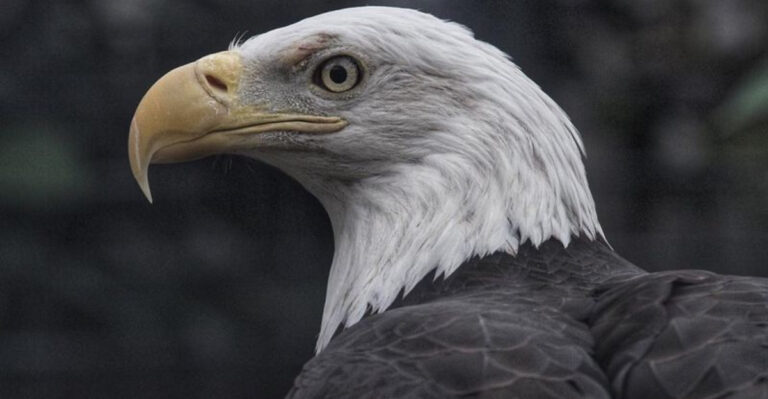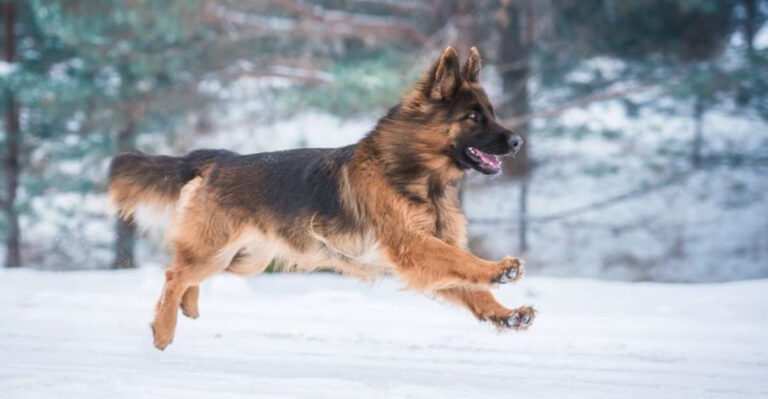9 Worst Dog Breeds To Own (And 5 Best For Families And First-Time Owners)
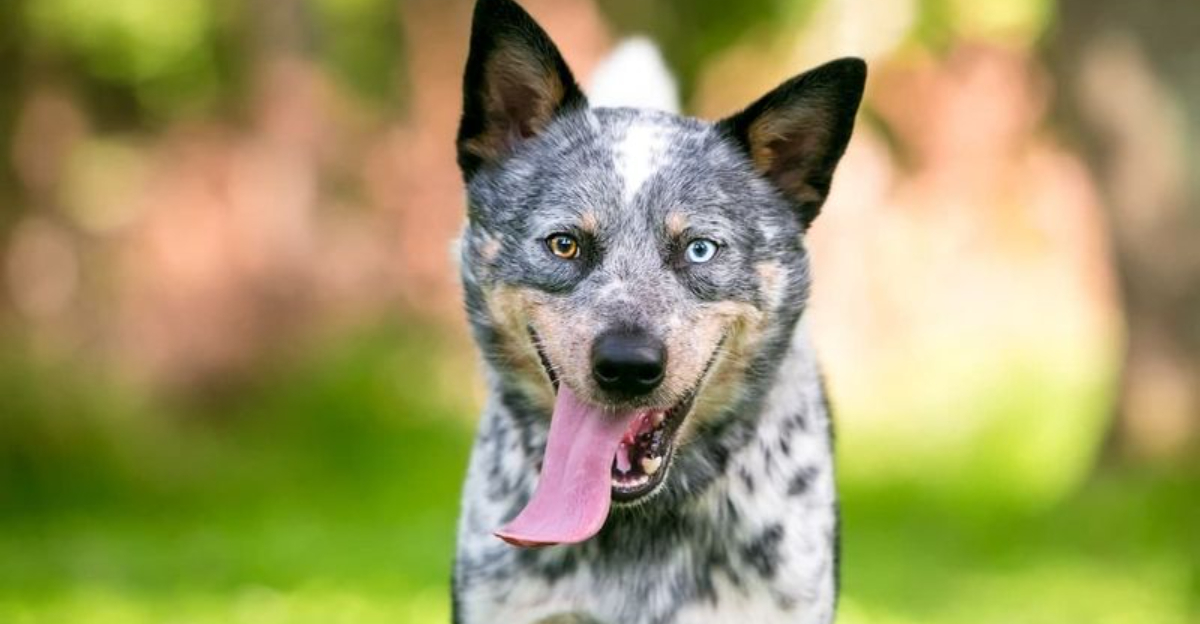
Choosing a furry friend means finding the right match for your lifestyle and experience level. Some dogs require extensive training, grooming, or exercise that might overwhelm certain owners.
Others are naturally suited for family life with their patient temperaments and adaptable personalities. Let’s explore which breeds might be challenging and which ones could become your perfect canine companion.
1. Siberian Husky

Escape artists with boundless energy, these stunning blue-eyed canines aren’t for the faint of heart. They need hours of daily exercise and mental stimulation.
Without proper outlets, they’ll redesign your backyard or furniture collection. Their thick double coat requires regular brushing, and their independent nature makes training a test of patience rather than a straightforward process.
2. Chow Chow

Behind that adorable teddy bear face lies a stubborn, independent personality. Originally bred as guard dogs, Chow Chows tend to be suspicious of strangers and can show aggression if not properly socialized.
Their thick fur demands meticulous grooming several times weekly. First-time owners often find their standoffish nature and training resistance frustrating compared to more eager-to-please breeds.
3. Akita
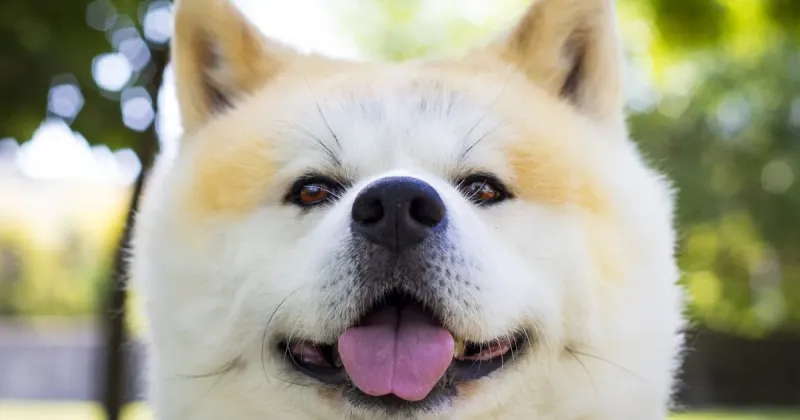
Fiercely loyal to their families but wary of outsiders, Akitas pack serious muscle behind their fox-like faces. Their protective instincts require early socialization to prevent overprotective behaviors.
Known for same-sex aggression, they often struggle with other dogs. Their independent decision-making and strong will make them poor choices for inexperienced owners who lack confidence or consistency in training approaches.
4. Border Collie
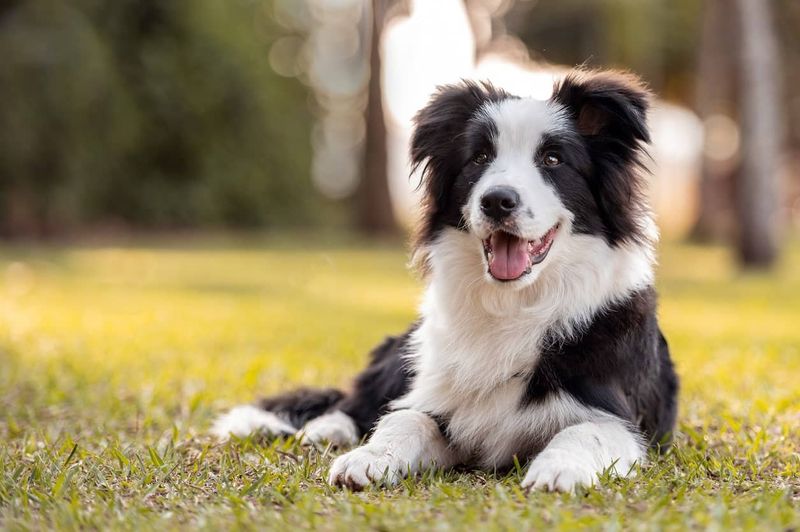
Mental brilliance becomes a liability when these workaholic herders don’t have jobs. Without adequate mental challenges, they’ll create their own entertainment – usually destructive.
Many develop neurotic behaviors like shadow-chasing or obsessive ball play when understimulated. Their intelligence demands owners who can stay one step ahead, providing complex puzzles and activities daily – a tall order for busy households.
5. Cane Corso
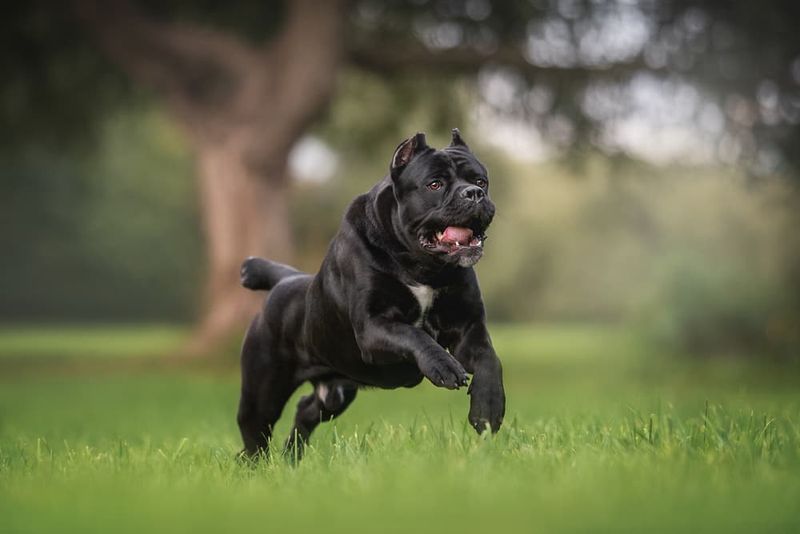
Weighing up to 120 pounds of pure muscle, these Italian mastiffs aren’t beginner-friendly. Their guarding instincts demand expert socialization from puppyhood to prevent fearful aggression.
Surprisingly sensitive despite their imposing size, they need confident leadership without harsh methods. Their sheer strength means even friendly jumping or pulling can overwhelm children and smaller adults, making training non-negotiable from day one.
6. Afghan Hound
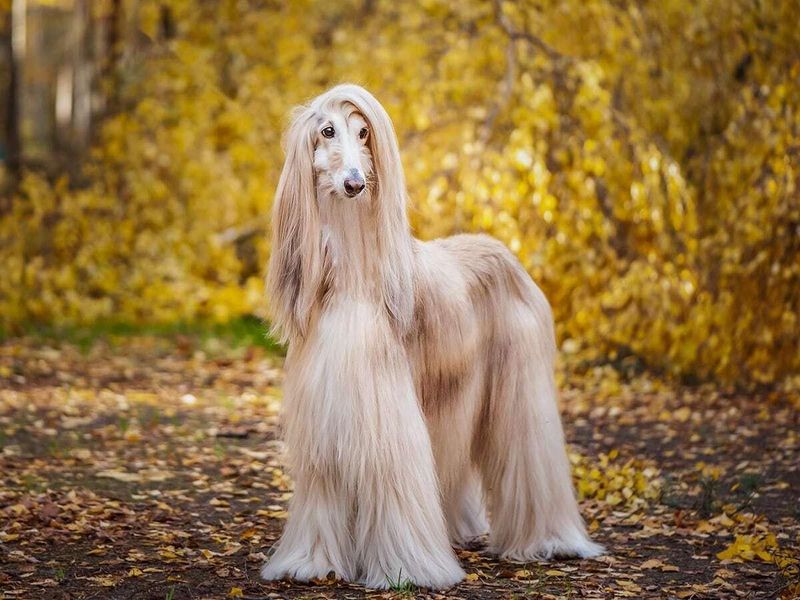
Runway-ready looks come with salon-worthy maintenance requirements. Their silky, flowing coats demand daily brushing and regular professional grooming to prevent painful mats.
Beyond beauty regimens, Afghans bring stubborn, independent personalities that frustrate trainers. Their prey drive makes them unreliable off-leash, while their aloof nature means they’re not the affectionate lapdogs many families expect.
7. Dalmatian
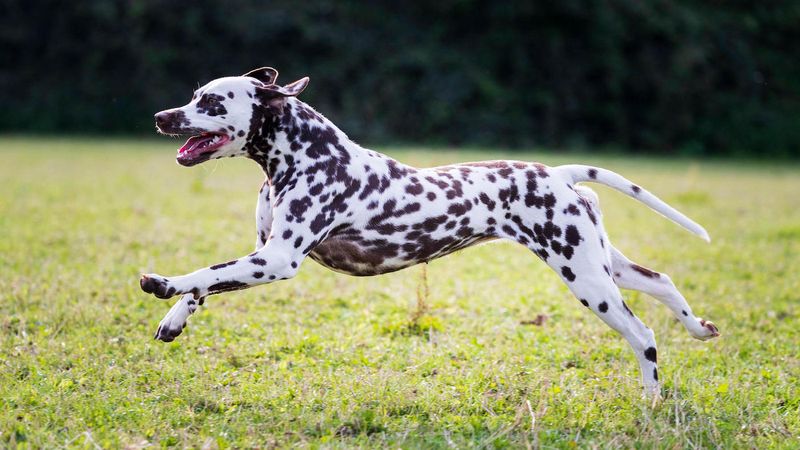
Famous for their spotted coats, these high-energy dogs were bred to run alongside carriages for miles. Without substantial daily exercise, they become destructive and anxious household terrors.
Many Dalmatians have hearing impairments that complicate training. Their tendency toward stubbornness combined with sensitivity makes them challenging even for experienced owners. Plus, their short coats shed constantly despite their sleek appearance.
8. Australian Cattle Dog
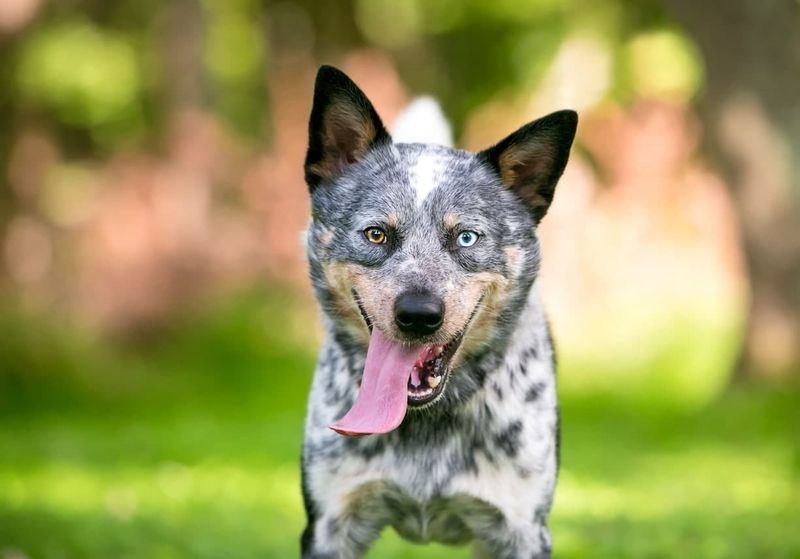
Ranch dogs stuck in suburban settings often become problem solvers of the worst kind. Without cattle to herd, they’ll manage your children, nipping heels to keep everyone in line.
Their exercise needs are practically insatiable, requiring hours of vigorous activity daily. Intelligent and independent, they quickly become bored with repetitive training and need constant mental challenges to prevent destructive behaviors.
9. Caucasian Shepherd
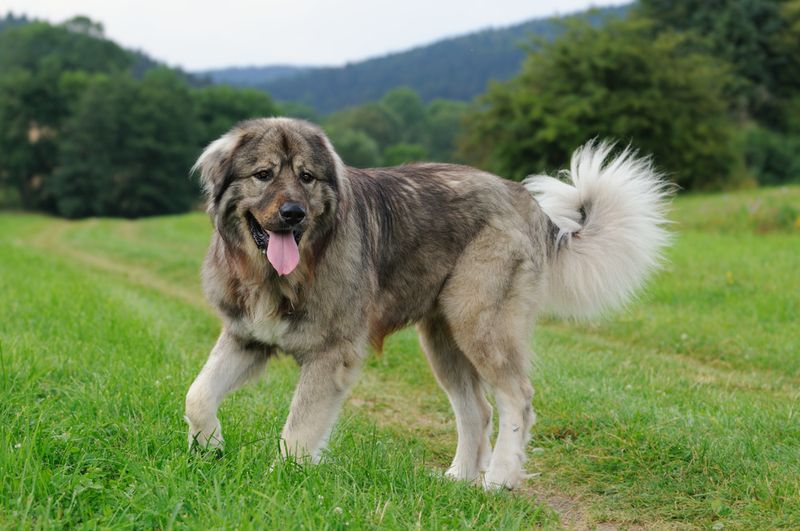
Mountain-sized protectors weighing up to 200 pounds, these ancient guardian breeds take “territorial” to new levels. Their natural suspicion of strangers makes socialization crucial yet challenging.
Apartment dwellers need not apply – they need space and sturdy fencing. Their thick coats require regular maintenance, while their independent thinking means commands are suggestions, not guarantees. Only experienced owners should consider these powerful protectors.
10. Labrador Retriever
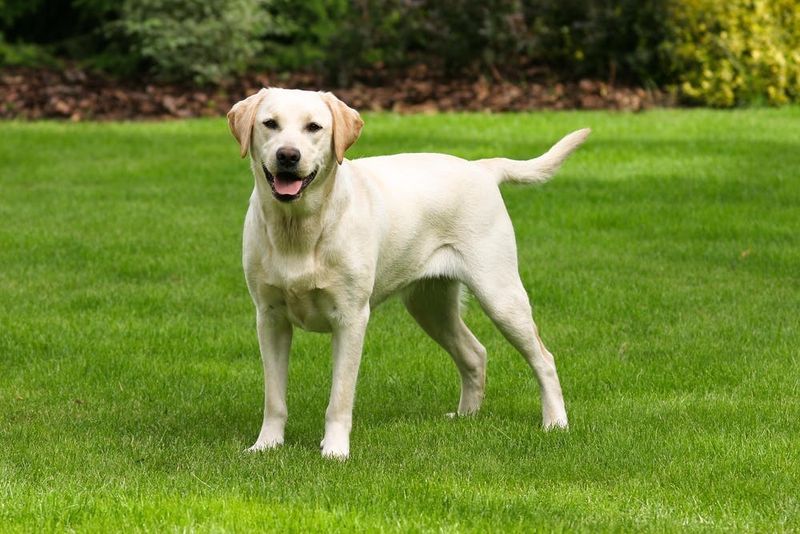
America’s favorite breed earns its popularity through adaptable, friendly temperaments. Labs thrive on human interaction and generally adore children, making them stellar family companions.
Their eager-to-please nature makes training relatively straightforward for beginners. While energetic, their exercise needs are manageable for active families. Their genuine desire to make you happy creates a forgiving learning curve for novice dog owners.
11. Golden Retriever
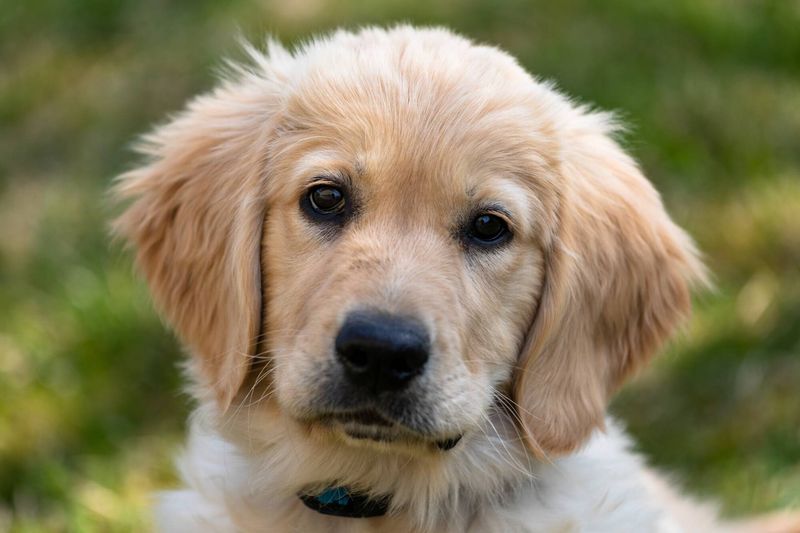
Gentle souls wrapped in golden fur, these dogs seem programmed for family harmony. Their legendary patience makes them ideal companions for households with children or other pets.
Highly trainable and naturally social, they forgive novice owner mistakes with tail-wagging optimism. While they need regular exercise, their moderate energy levels don’t demand marathon running sessions. Their desire to please creates a rewarding experience for first-time dog parents.
12. Cavalier King Charles Spaniel
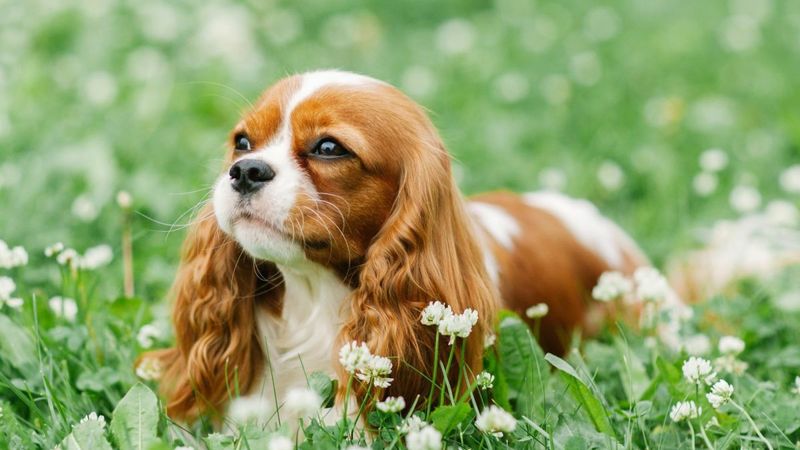
Royal history meets apartment-friendly size in these affectionate companions. Unlike many small breeds, Cavaliers rarely show yappy or nervous tendencies, instead offering calm, loving temperaments.
Their moderate exercise needs can be met with daily walks and indoor play. Naturally people-oriented, they thrive on companionship rather than independence. Their adaptable nature makes them suitable for various living situations, from apartments to homes with yards.
13. Bichon Frise
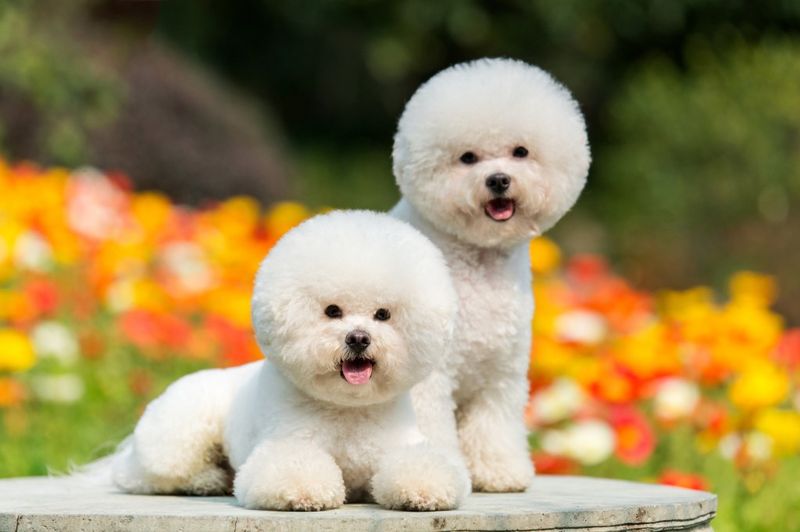
Cotton-ball fluffiness meets circus-performer personality in these delightful small dogs. Minimal shedding makes them suitable for allergy sufferers, while their cheerful disposition brightens any household.
Naturally sociable, they typically welcome strangers rather than bark suspiciously. Their moderate exercise needs can be satisfied with indoor games and short walks. Their size and temperament make them ideal for first-time owners in various living situations.
14. Boxer
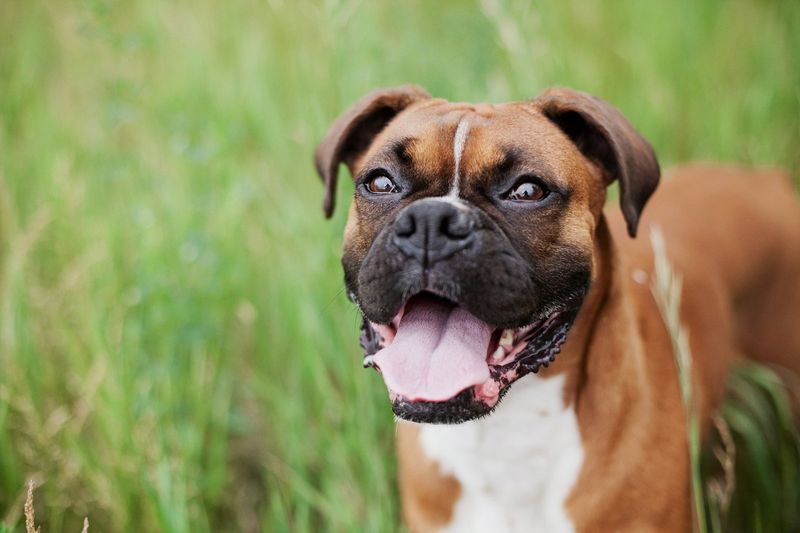
Clownish personalities wrapped in muscular bodies, Boxers combine playfulness with gentle watchfulness. Their natural affinity for children has earned them a reputation as exceptional family guardians.
Despite their energetic nature, they’re surprisingly adaptable to family routines. Their expressive faces communicate clearly with owners, making them responsive training partners. Their loyalty and desire to be involved in family activities create strong bonds with all household members.

